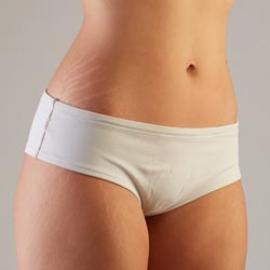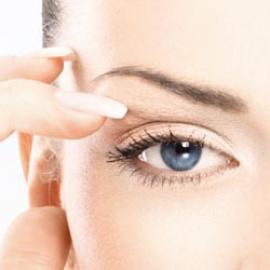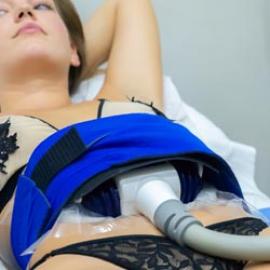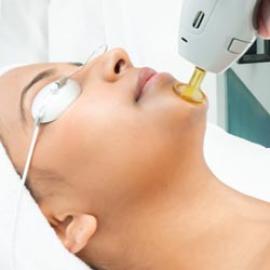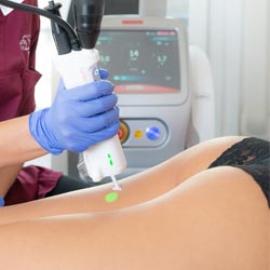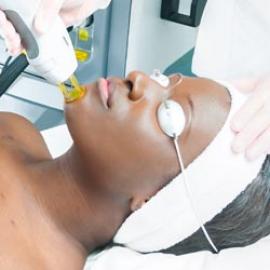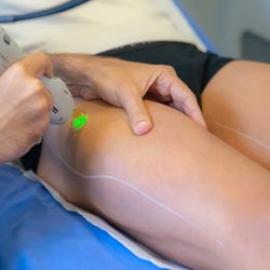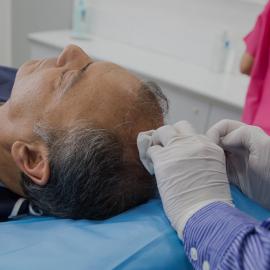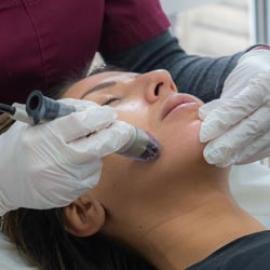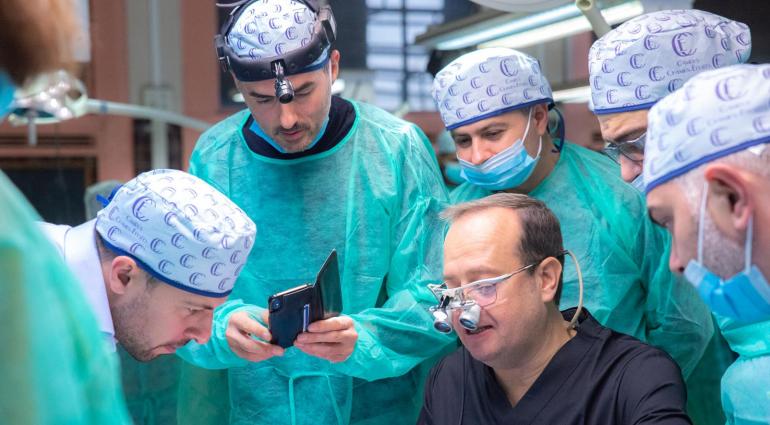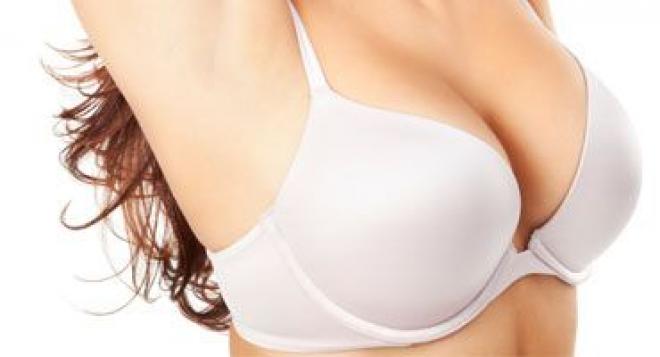
Having small or no breasts can be pretty difficult to live with in a society that favours the all conquering larger breast. Social networks, film actresses and reality television starlets greatly influence young women's view of their own femininity. So to have a small chest today can be a cause of hang-ups. Breast hypotrophy is the main cause of implants or lipofilling in women.
Breast atrophy: what is it?
Breast atrophy is defined by breasts that are too small in relation to the morphology of the woman or even due to a total absence of breasts.
This malformation does not cause any physical pain. Nevertheless, having small breasts often leads to hang-ups owing to a supposed lack of femininity. Thus, breast hypotrophy can lead to a lack of self-confidence and profound discomfort.
It is thus not uncommon for women who suffer from breast atrophy to have surgery in order to have breasts that match their anatomy. These cosmetic surgery procedures enable them to reclaim their well-being and femininity
There are two forms of atrophy:
- Breast atrophy or moderate atrophy: the mammary gland is underdeveloped in regards to the woman’s anatomy. Hypoplasia is sometimes associated with a slight breast ptosis.
- Breast aplasia or agenesis: a complete lack of breast growth in a woman. Aplasia may affect both breasts and, less commonly, just one breast.
Breast atrophy can lead to additional problems, particularly during breastfeeding. Insufficient glandular tissue can, in fact, complicate the development of breast milk and, as a consequence, breastfeeding may be difficult.
What are the causes of breast atrophy
Breast atrophy can be caused by a variety of causes. It can occur during puberty, depending on the external environment or some pathologies. In this way, breast atrophymay be attributable to:
- Poor breast growth during puberty. Genetic may be the cause.
- Hormonal causes: the volume of the mammary gland may reduce after pregnancy or occur with menopause.
- Over time: the chest may lose its volume due to aging. It then becomes flatter, and often a slight ptosis can be seen.
- Complete failure of mammary gland development, particularly in the case of breast aplasia. It may then be due to pathology or genetic defects such as Poland Syndrome.
- The exposure of the fetus to medications or chemical poisoning during pregnancy. For example, some drugs, as well as certain substances, can cause this type of malformation.
Breast atrophy: what types of treatments exist?
Nowadays, two plastic surgery operations can improve breast volume in women who have breast atrophy:
- Prosthetic breasts: implant placement helps you to adjust the size of your breasts, to give them fullness, but also to give them shape in line with your figure.
- Breast lipofilling: this technique enables you to inject fat in your chest. This method avoids the use of unnecessarily invasive surgery such as the placement of prosthetic breasts.



















